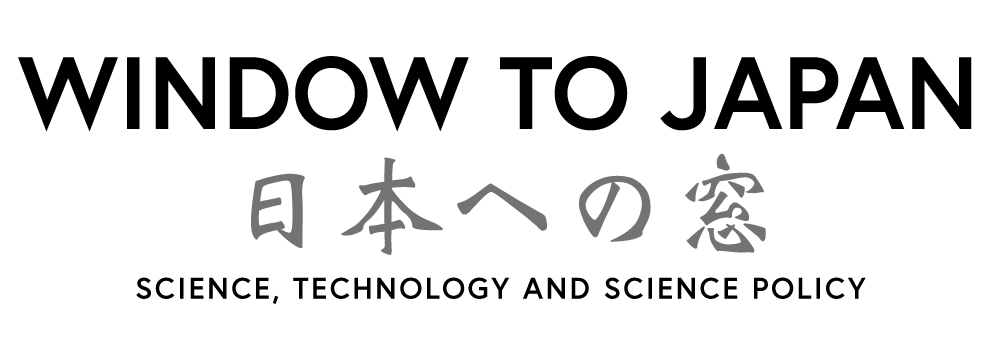The highest per capita consumption of cheese is in the world is in Greece, cheese intake per day is 85.2 g, and the intake of chymosin contained in cheese is estimated to about 5.6 μg. Japanese daily cheese intake is 6.5 g per capita and chymosin intake is estimated around 0.4 μg. In the 9th edition of food additives announced in February 2018 by the Ministry of Health, Labor and Welfare and the Consumer Agency, chymosin can be derived from “Ruminant Animal Stomach (Limited to Irpex lacteus), filamentous fungi (Cryphonectria parasitica, Mucor miehei, Mucor pusillus Lindt, Mucor spp., Rhizomucor miehei and Rhizomucor pusillus), yeast (limited to Kluyveromyces lactis) or bacteria (Bacillus cereus and Escherichia coli. DSM applied for Maxiren XDS, a new type of chymosin prepared by protein engineering and expressed in Kluyveromyces lactis. The enzyme is already approved in the USA. Chr. Hansen’s chymosin CHY-MAX-M is derived from camel prochymosin and expressed in Aspergillus awamori. The number of amino acid residues of camel chymosin in CHY-MAX M is 323, the same as that of bovine chymosin, and homology of amino acid residues is 85%. The specific activity of camel chymosin to cleave the Phe105– Met106 bond of κ-casein, essential for producing curd, is 1.7 fold higher than that of calf rennet.
Nikkei Biotech news release, November 1, 2018

